Hip Replacement: The POLARSTEM & R3 Acetabular Cup – A New Design for Better Results
Aug 29, 2019Richard “Alex” Sweet II, MD
Kate S. Hamilton, PA-C
Richard A. Sweet, M.D. (Retired 2022)
BACKGROUND: A total hip replacement has two components, the acetabular (cup) and the femoral implants (thigh bone and ball). Early attempts at hip replacement were made as far back as 1891 using ivory, and the first hip replacement using metal components was in 1940. These early attempts at hip replacement only replaced the femoral head (ball) and did nothing to the arthritic acetabulum (socket). As biomaterials, technology, surgical techniques, and our understanding of the arthritic process have evolved, total hip replacement surgery has become one of the most successful operative procedures in all of medicine.
INTRODUCTION: During the early evolution of the modern hip replacement, implants wer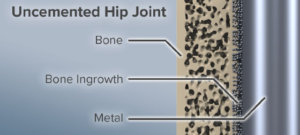 e fixed to the bone by using surgical cement. And though this cement fixation worked well over the short term, too many patients experienced implant failure due to early cement loosening. A significant technological breakthrough occurred in the 1980s with the early development of “cement-less” implants. It was found that if implants were coated with a special surface, bone would grow and heal directly to the metal itself without the need for cement fixation. This direct healing of bone to the implant created a much more durable and longer lasting bond. As a result, modern hip replacement designs far outperform and outlast their cemented counterparts of the past. However, longevity is not the only goal of hip replacement surgery. The restoration of natural anatomy is vital to the success of the operation.
e fixed to the bone by using surgical cement. And though this cement fixation worked well over the short term, too many patients experienced implant failure due to early cement loosening. A significant technological breakthrough occurred in the 1980s with the early development of “cement-less” implants. It was found that if implants were coated with a special surface, bone would grow and heal directly to the metal itself without the need for cement fixation. This direct healing of bone to the implant created a much more durable and longer lasting bond. As a result, modern hip replacement designs far outperform and outlast their cemented counterparts of the past. However, longevity is not the only goal of hip replacement surgery. The restoration of natural anatomy is vital to the success of the operation.
POLARSTEM Design
RESTORATION OF NATURAL HIP ANATOMY
- LEG LENGTH: One of the critical aspects of hip replacement surgery is restoring the equal leg length of the pre-arthritic condition. With hip replacement implants all being pre-fabricated, having sufficient modularity and inventory of implant sizes and shapes is crucial to restoring individual anatomy. If anatomy is not restored, the patient may experience unequal leg lengths, a significant limp, weakness, or instability, leading to dissatisfaction with the end result. The POLARSTEM femoral hip implant has the necessary variability of anatomic options to make it an ideal choice for hip replacement.
- HIP OFFSET: Offset is the distance from the center of the head to the middle of the femur. Restoring anatomic hip offset is critical to hip stability and function. If the offset is too small, the soft tissues are not appropriately tensioned. This can lead to hip instability/dislocations and muscle weakness. Too high of an offset leads to over tightening of the muscles and soft tissues. This can cause bursitis, pain, and poor function. While most implant designs may have one or two offset options, the POLARSTEM has 3, making restoring natural hip anatomy much easier.
• BONE INGROWTH: In order for a cement-less hip implant to survive the rigors of daily use, a bond must be created between the implant and the bone. While this used to be accomplished
with cement, we now have the technology to stimulate the native bone to grow into the metal implant, leading to a much more durable construct. The POLARSTEM is a pure titanium stem at its core. Then, small titanium particles are melted to create a plasmic liquid which is sprayed onto the base stem. This “roughens” the smooth metal surface, leaving increased surface area and texture for bony ingrowth. Additionally, the plasma spray is then coated with hydroxyapatite (HA) molecules, a substance well known to stimulate bone growth.
R3 Acetabular Shell
STIKTITE POROUS COATING: The inner core of the R3 Cup is
constructed of pure solid titanium. However, where the titanium contacts
the bone it is covered with a thin layer of highly textured titanium spray,
similar to the POLARSTEM’s plasma spray. This coating is specifically
engineered to maximize bony ingrowth and increase the longevity of the
bond. This highly specialized coating allows the shell to “grip” the bone for
the first 4-6 weeks (through friction) while the bone bonds to the metal.
VERILAST Technology (For Hip & Knee Replacements)
Verilast technology is the strategic development combination of a new type of metal ball that is smoother with
reduced frictional characteristics articulating with a new stronger plastic socket that is much more resistant to
wear. This combination has produced a hip that is much more durable than past
implants.
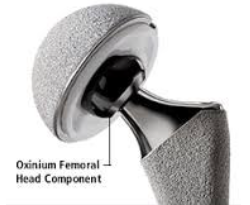
• REDUCED WEAR: As the hip joint moves and bears the weight of the body, the
metallic ball rubs against and into the plastic liner of the cup. Over time, this
friction causes wear of the plastic that can cause the hip to fail. The perfect hip
replacement would be made of a material that allows for frictionless and wear-free
motion. While no such material exists, the Oxinium (zirconium) femoral head has
the lowest frictional properties of any material on the market.
- XLPE POLYETHYLENE: Unlike plastic that you may find around your house or work, the plastic polyethylene
used in knee and hip replacement surgery must be specially treated to ensure longevity and safety.
The goal has been to develop a plastic that is both smooth (low friction) and durable. It must stand up to
the rigors of daily constant usage. The XLPE (highly-crosslinked polyethylene) is manufactured under
specific conditions to make it stronger and smoother than any plastic ever developed. - OXINIUM FEMORAL HEAD: If the plastic is smooth and durable, then the metal head that articulates
with it must also be smooth and durable. Most surgeons use a cobalt chrome head on their plastic liners.
However, metal heads have small imperfections in the form of bumps and cracks in their surface that over
time wears down the plastic liner like sandpaper. Oxinium is a “ceramicized” metal. The result of the
manufacturing process is a material (Oxinium) that is both significantly harder and smoother than any
metal currently used in knee and hip replacements. - ALLERGY FREE: An added benefit of the Oxinium ball is that it is nickel free, as are the
 titanium femoral and cup implants of the Polarstem / R3 THR implant system. Nickel, the
titanium femoral and cup implants of the Polarstem / R3 THR implant system. Nickel, the
most common allergy inducing biomaterial used in joint replacement surgery, is present in all cobalt
chrome implants commonly used in other implant systems. Thus, the titanium of the Polarstem and R3 cup combined with the Oxinium of the femoral ball are all biologically inert, making the entire construct completely safe even in patients with metal allergy concerns.



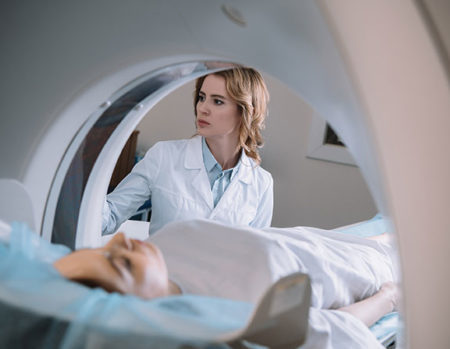 Our patients can receive MRI imaging onsite at both our Louisville and New Albany Clinics.
Our patients can receive MRI imaging onsite at both our Louisville and New Albany Clinics. Providing the latest advances in orthopedic surgery is our specialty.
Providing the latest advances in orthopedic surgery is our specialty. We take a unique, multidisciplinary approach to pain management.
We take a unique, multidisciplinary approach to pain management.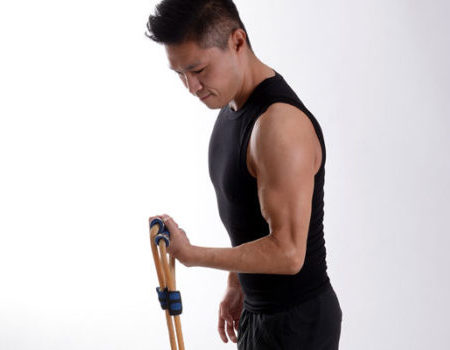 Our physical therapists use advanced techniques to help restore strength and mobility.
Our physical therapists use advanced techniques to help restore strength and mobility. 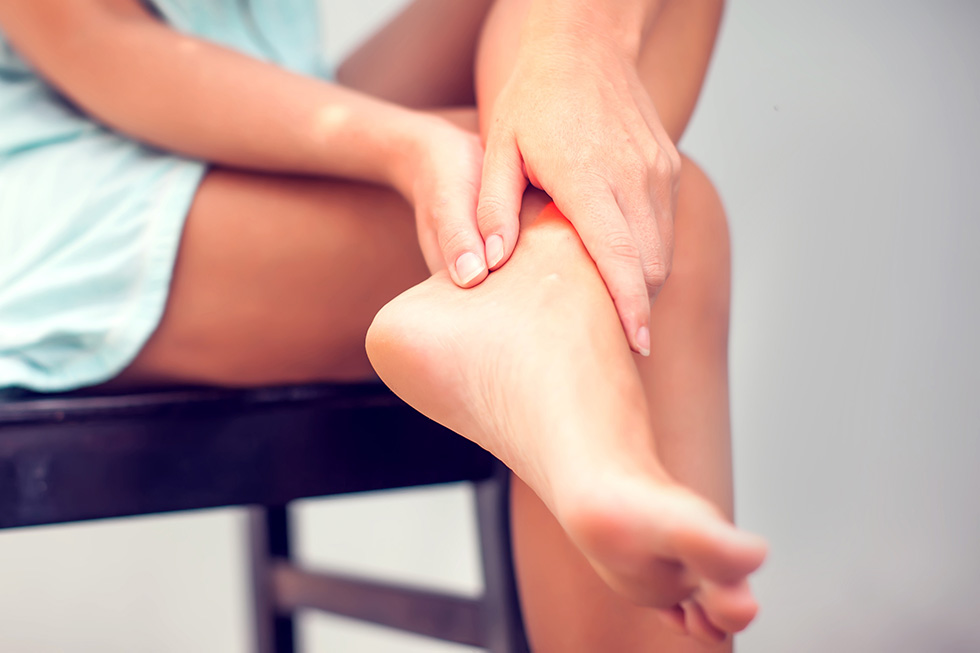 We provide comprehensive, conservative care for a wide variety of foot and ankle conditions.
We provide comprehensive, conservative care for a wide variety of foot and ankle conditions.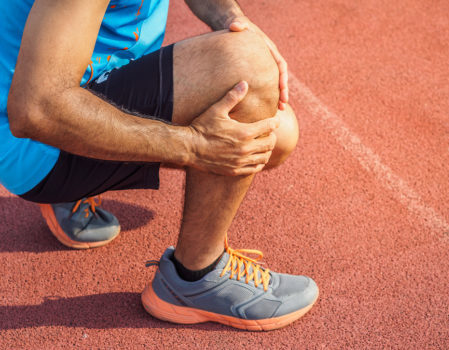 We offer same- and next-day care to patients with acute injuries.
We offer same- and next-day care to patients with acute injuries.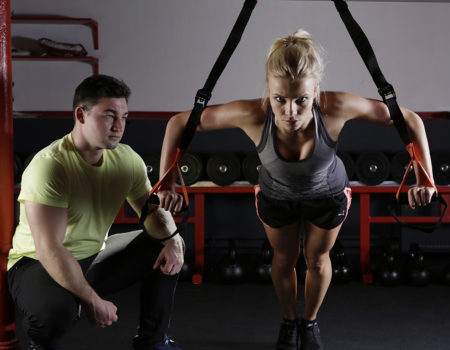 Get back in the game with help from our sports medicine specialists.
Get back in the game with help from our sports medicine specialists. 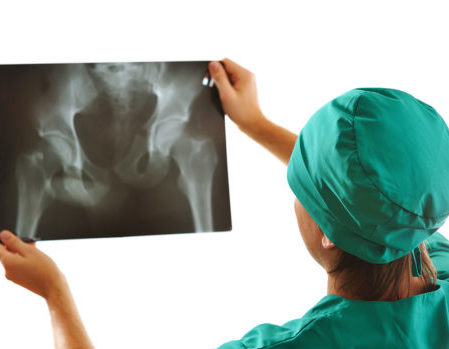 Our centers are equipped with a state-of-the-art digital X-ray machine.
Our centers are equipped with a state-of-the-art digital X-ray machine.